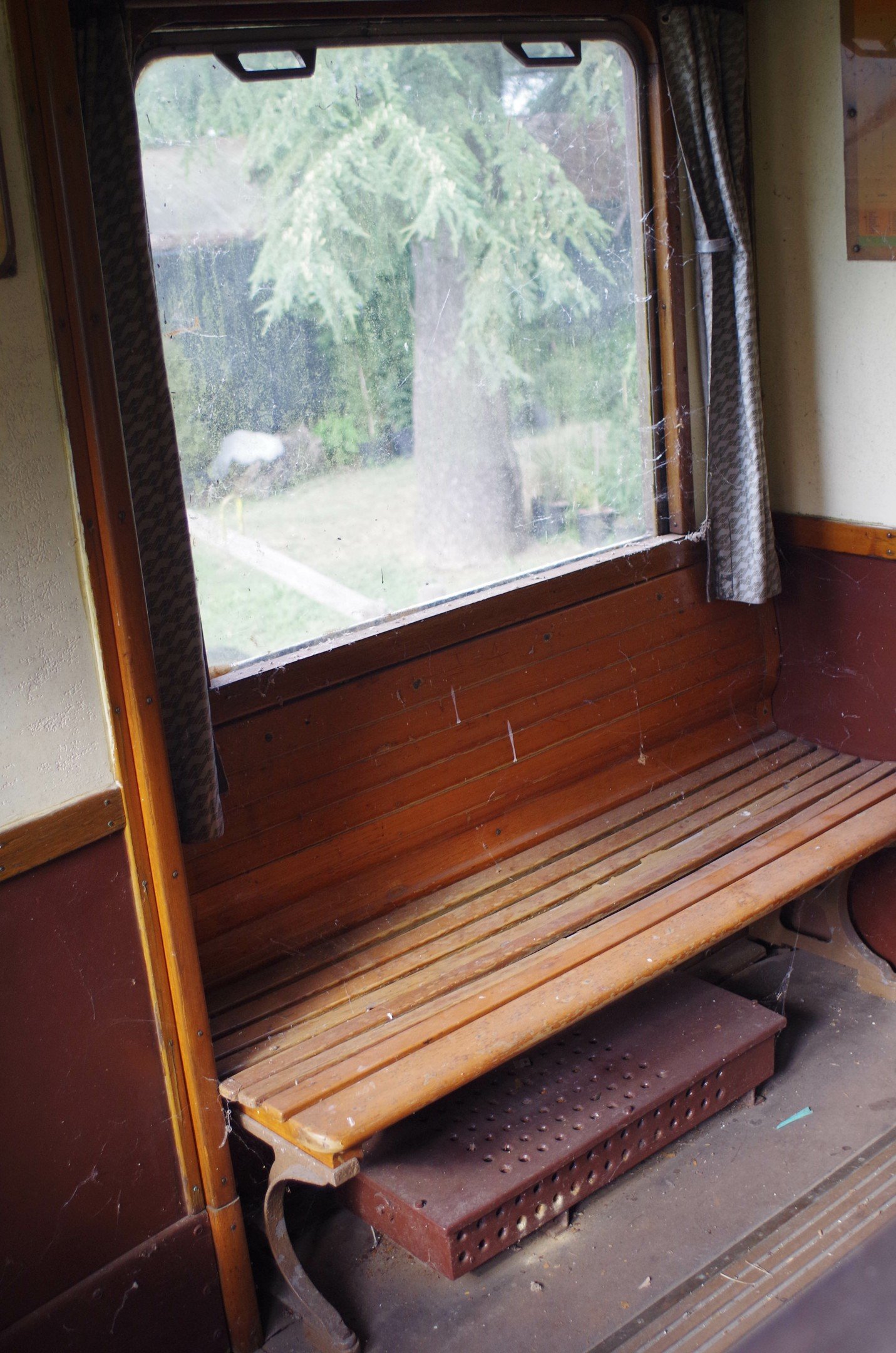After the fleet of first-class bogie coaches entered service, in 1933 the third-class coach fleet also gained a series of 6 coaches that were a departure from the classic 2-axle platform style. These were coaches with an all-metal body mounted on TIBB bogies under licence from Brill, numbered 1001 to 1006. The structure immediately brings to mind that of the contemporary E 700 electric railcars and E 800 trailers recently delivered. Its robust structure with exposed bolts and the use of bogies allowed a coach of greater length and capacity to be produced. Built by OM in Milan in 1933, they originally featured 92 seats and one toilet. The bogies were fitted with primary suspension with coil springs on Isothermos bushings. The secondary suspension was still the double leaf spring type clamp-mounted in a series of three, resting on a frame suspended from the main bogie frame. This meant a far more comfortable ride even for 3rd-class passengers. Five of these coaches are still in existence.



